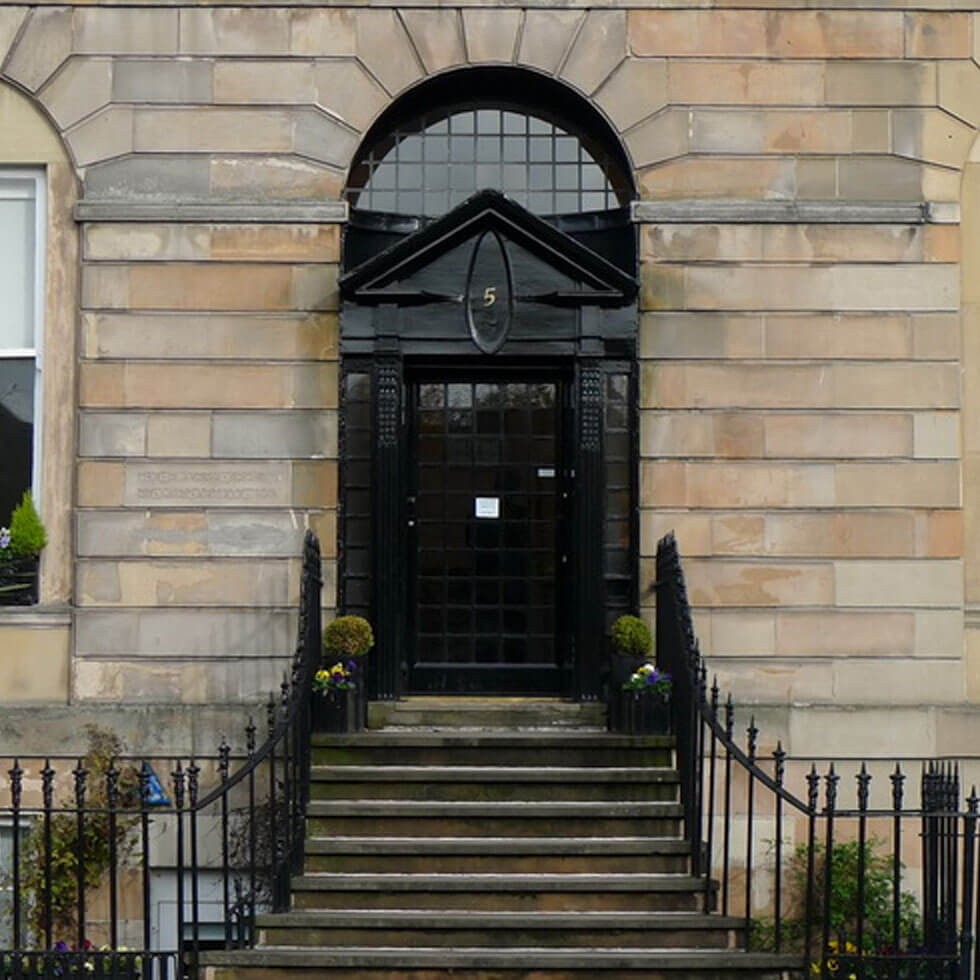Risk assets recouped some of their losses in April on signs that the Covid-19 infection rate was levelling off. There were also signs that monetary and fiscal policies were beginning to have an impact, with the global economy beginning to gradually reopen.
Global equities rebounded 9% and although the FTSE 100 lagged with a 4% rise to 5,524, medium and small UK companies fared rather better. The robust performance by technology stocks again helped US shares to outperform. After the rapid fall from a 2020 high in mid-February, equity markets ended April around 17% above their 16 March low. This is 15% below the start of the year with UK equities down 23% over the period.
Interest rate cuts and the re-introduction of quantitative easing mean global policy rates are now mildly negative and this has suppressed fixed interest yields despite widening corporate bond spreads. The UK 10 year yield closed at 0.23% against 0.82% in January with conventional gilts returning 3% in April (9% year to date) and index-linked 5% (6% year to date). Commodity prices rebounded modestly with Brent crude up 11% at $25 per barrel but still 60% below the price in January. Gold was also strong.
The reaction of financial markets to the economic data has been more robust than anticipated. While the numbers were worse than expected, Covid-19 appears to be viewed as a natural disaster rather than a recession with investors prepared to discount recovery even if the timing and magnitude of the recovery are far from certain. Some comfort can be drawn from high frequency data such as movements of people tracked by Apple and Google, traffic congestion and power usage, which suggest the advanced economies may have bottomed in late April.
In the short term, the shocking survey data indicates that the news will get worse with global GDP for April to June likely to contract 7.5% year on year – far worse than during the financial crisis. For 2020 as a whole, world GDP could fall 3% year on year compared to 0.5% a decade ago. The downtown will be more severe in economies like the UK that are reliant on the consumer and services. The various support measures put in place by governments to support the global economy through the downturn come at considerable cost, funded at this stage by additional debt, but later to be repaid through lower growth and/or higher taxes.
The Chinese economy may provide an indication of how the recovery could progress. Manufacturing, infrastructure and construction have rebounded relatively quickly with sales of key commodities such as steel and cement now showing year on year growth. A similar “V” shaped recovery by manufacturing will, hopefully, be replicated in advanced economies. However, the recovery in consumption, which will be key for the US and European economies, has been slower and might reflect the phased relaxation of social distancing measures. For example, while online retail sales in China have returned to year on year growth, footfall in shopping malls is still 70% of pre-crisis levels. Smartphone sales also show a “V” shaped recovery but this has not been the case for other consumer discretionary items. One of the most intriguing statistics is that restaurants have seen over 50% of their customer base return even though nightlife and cinemas are still shuttered.
The scale of dividend cuts or suspensions is a new and unwelcome feature. While it has long been accepted that a significant fall in corporate profitability is usual during an economic downturn, dividends have proved more resilient with cuts limited to companies in extreme financial distress. In the financial crisis, bank losses were largely responsible for a 30% fall in dividends per share albeit this was less than the 50%+ decline in earnings. UK companies have always been reluctant to cut – even when lower profitability has suggested this might be prudent – and over time this has resulted in unsustainably high pay-out ratios. Covid-19 has prompted companies to review their dividend policy with some deciding to suspend payments until there is greater clarity later in the year and others cutting them completely.
By the end of April, 40 FTSE 100 companies had cancelled payments, a further 20 were expected to do so and 30 had not yet made an announcement, leaving just 10 paying dividends. We flagged in our overview accompanying first quarter client valuation reports that we expected UK dividends to fall by a third on the assumption that corporate profitability would decline by at least 20% and companies would re-base to more sustainable long-term pay-out ratio. The unknown at the time was the resource sector, in particular oil companies given they are experiencing a “perfect storm” of over-supply and falling global demand. The surprise was not Royal Dutch Shell cutting its dividend for first time in more than seven decades, but the severity of the re-set to a third of the previous level. This marks a transition to a new era as the industry re-positions and moves to a business model focused on renewable energy.
While it is a relief that markets have recovered some ground, it is still early days. The good news is that although sentiment may have been over-optimistic ahead of the crisis, most other signs of a “financial bubble” were noticeably absent. The policy stimulus – with some $5.5trn of asset purchases scheduled – is enormous but so is the challenge of continued social distancing for hotels, restaurants, travel, retail and other service industries employing huge numbers of people.
As we are only now entering a period when companies can begin to quantify the impact of lockdown on profitability, many have withdrawn guidance. The downturn, however, is expected to be severe with “top-down” earnings estimates ranging for falls of between 30% and 50% – compared with a 10% forecast by “bottom-up’” analysts. Once recovery does get underway, policy stimulus and the re-stocking cycle suggest that, at least in some parts of the economy, it could be quite strong.

